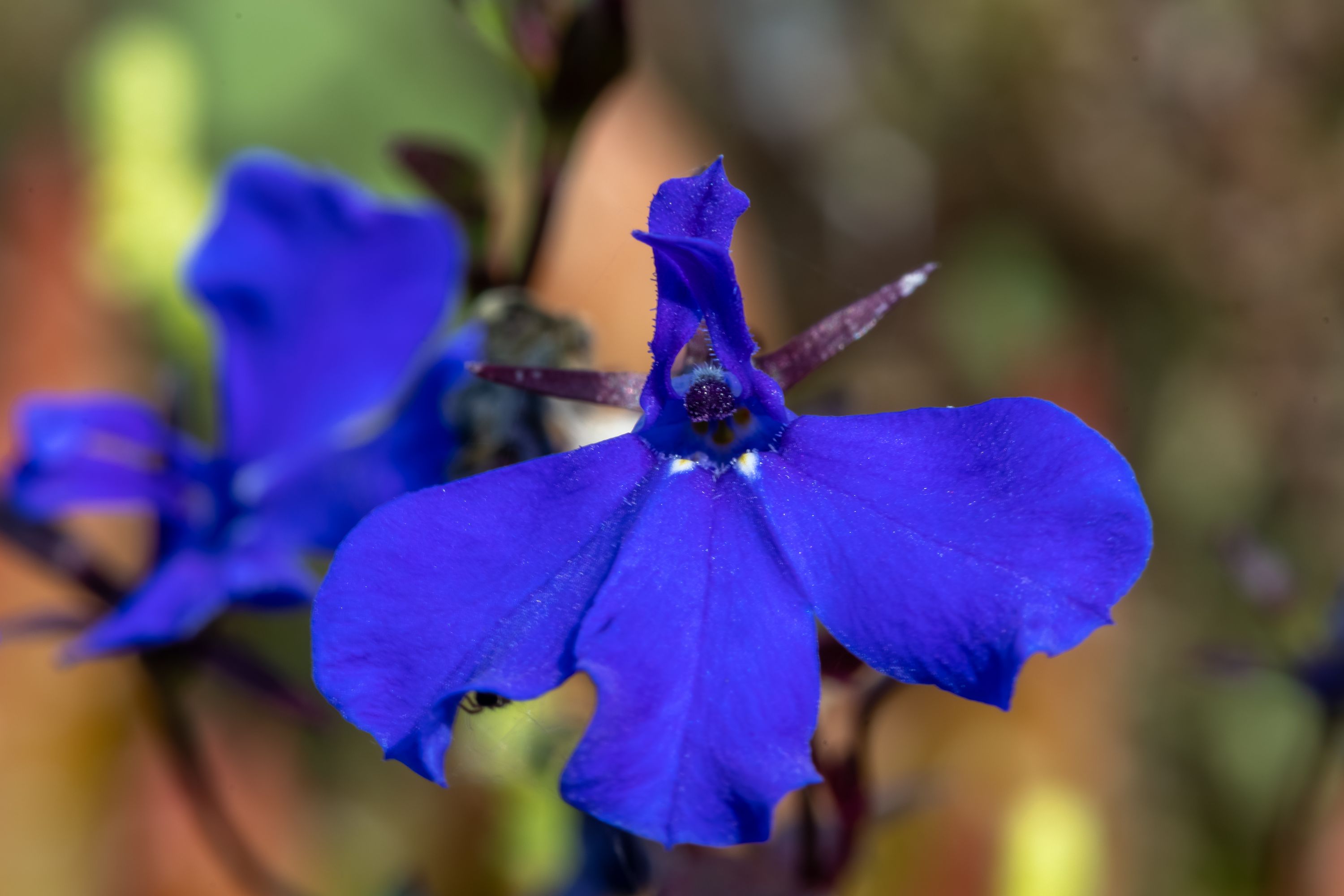Edging lobelia
(Lobelia erinus)

Description
Lobelia erinus, commonly known as edging lobelia or trailing lobelia, is a flowering plant species in the Lobeliaceae family. It is a low-growing, fast-spreading annual or perennial that is native to southern Africa but widely cultivated in gardens around the world for its attractive blue, pink, purple, or white flowers. In this article, we will discuss in detail the botanical description, cultivation, uses, and potential health benefits of Lobelia erinus. Botanical Description: Lobelia erinus is a herbaceous plant that grows up to 30 cm in height and spreads up to 60 cm. It has thin, wiry stems that trail along the ground or spill out of containers, forming a carpet-like effect. The leaves are lance-shaped, light green, and finely toothed, measuring 1-3 cm in length. The flowers are small, tubular, and five-lobed, arranged in terminal spikes or racemes that can be up to 15 cm long. The petals are usually blue or violet, but can also be pink, purple, or white. The flowers are pollinated by bees, butterflies, and other insects, and bloom from late spring to mid-fall. Cultivation: Lobelia erinus is a relatively easy plant to grow and is widely cultivated in gardens, containers, and hanging baskets. It prefers full sun to partial shade and well-drained, moist soil. In areas with hot summers, it benefits from partial shade in the afternoon. It can be propagated from seed or stem cuttings. Seeds should be sown indoors 8-10 weeks before the last frost date or directly in the garden after the last frost date. The soil temperature should be around 20°C for optimal germination. The seedlings should be transplanted outdoors when they are large enough to handle, spacing them 10-15 cm apart. Lobelia erinus requires regular watering, but the soil should not be waterlogged. It also benefits from regular fertilization with a balanced fertilizer. Uses: Lobelia erinus is primarily grown for its attractive flowers and is commonly used as an edging plant, ground cover, or container plant. It is also a popular plant for hanging baskets because of its trailing habit. Its small size and adaptability make it ideal for use in rock gardens, borders, and mixed plantings. In addition to its ornamental value, Lobelia erinus has also been used for medicinal purposes. In traditional African medicine, it has been used to treat respiratory ailments such as asthma, coughs, and bronchitis. It has also been used to treat digestive issues, rheumatism, and skin conditions. However, these uses have not been scientifically proven, and Lobelia erinus should not be used for medicinal purposes without consulting a healthcare professional. Potential Health Benefits: While Lobelia erinus is primarily grown for its ornamental value, it has also been studied for its potential health benefits. Lobeline, a chemical compound found in Lobelia erinus, has been shown to have bronchodilator and anti-inflammatory properties, making it a potential treatment for respiratory conditions such as asthma and chronic obstructive pulmonary disease (COPD). Lobeline has also been shown to have effects on the central nervous system, including reducing anxiety and depression-like behaviors in animal studies. However, more research is needed to fully understand the potential health benefits of Lobelia erinus and to determine safe and effective dosages. Conclusion: Lobelia erinus is a popular ornamental plant that is easy to grow and widely cultivated in gardens, containers, and hanging baskets. Its attractive flowers and adaptability make it a versatile plant for a variety of uses.
Taxonomic tree:







